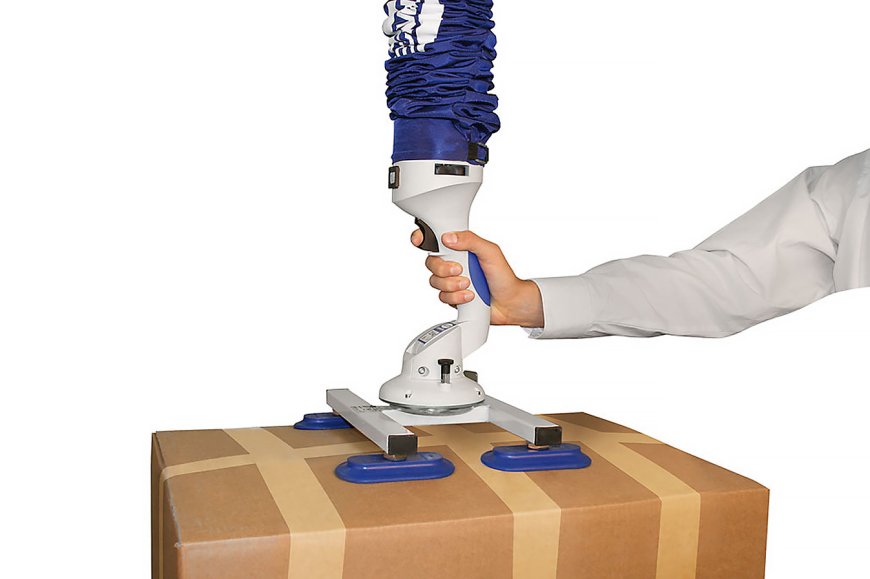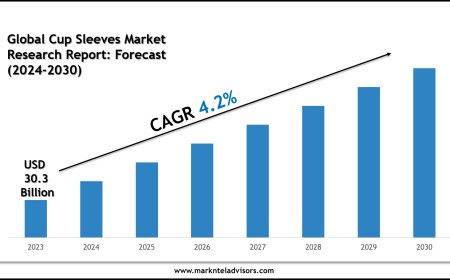The Evolution of Vacuum Material Handling Equipment in Modern Manufacturing
Unlike pneumatic systems that blow or push material through ducts, vacuum material handling equipment began to rely on suction cups, vacuum pumps, and filters to lift items cleanly and precisely.

As manufacturing continues to move toward greater efficiency, automation, and workplace safety, vacuum material handling equipment has evolved into a critical component across a wide range of industries. From its early mechanical concepts to today’s sophisticated, sensor-driven systems, vacuum-based material handling has transformed how factories move, store, and process bulk goods and delicate components alike.
This article explores the development of vacuum material handling equipment, its current role in modern manufacturing, and the innovations that are shaping its future.
Early Concepts and the Rise of Pneumatics
Material handling has long been one of the most labor-intensive aspects of manufacturing. In early industrial setups, materials—especially powders, grains, and small parts were moved manually or using basic conveyor belts. As demand for faster production increased, engineers began to explore alternative, non-mechanical solutions that could handle delicate or difficult materials more efficiently.
The foundation of vacuum material handling equipment lies in the principles of air pressure. By creating a vacuum (a low-pressure zone), equipment could generate suction strong enough to lift and move materials without mechanical gripping or abrasion. This concept was first applied in basic pneumatic conveying systems, which used pressurized air to move particles through tubes. While effective, these early systems lacked control, precision, and energy efficiency.
The Introduction of Vacuum Lifting Technology
During the mid-20th century, the industry began incorporating vacuum lifting systems into manufacturing and warehouse environments. These systems were designed to handle bags, boxes, and panels, making them useful for industries such as packaging, automotive, and construction.
Unlike pneumatic systems that blow or push material through ducts, vacuum material handling equipment began to rely on suction cups, vacuum pumps, and filters to lift items cleanly and precisely. This allowed for the safe and efficient movement of:
-
Glass sheets
-
Cardboard cartons
-
Plastic components
-
Sheet metal
-
Food products
This shift marked a major milestone in material handling, as it dramatically reduced the need for manual labor and significantly improved ergonomics and worker safety.
Integration with Automation and Robotics
With the rise of computer-controlled manufacturing in the 1980s and 1990s, vacuum material handling equipment evolved further to integrate with robotics, conveyors, and smart control systems. This era introduced vacuum grippers that could adapt to different shapes and sizes of products, making them ideal for automated lines.
For example, in the electronics and semiconductor industries, vacuum-based systems could handle fragile circuit boards and microchips without risk of damage. In pharmaceuticals, vacuum systems enabled clean and contamination-free transfer of powders and capsules.
Modern vacuum handling tools started to feature:
-
Adjustable suction strength for different material types
-
Touchless transfer of hygienic or sterile products
-
Sensor-based automation to detect load and control vacuum pressure
-
Quick-release mechanisms to speed up processing cycles
Material Versatility and Customization
One of the most significant advances in vacuum material handling equipment has been its ability to handle a diverse range of materials. Today’s systems are no longer limited to flat or rigid items. Vacuum lifting and conveying can be customized for:
-
Bulk powders (flour, plastic pellets, cement)
-
Granular materials (sugar, salt, grains)
-
Liquids and semi-solids in sealed packaging
-
Odd-shaped components in assembly lines
This versatility is achieved through a combination of specialized vacuum cups, modular tube systems, and intelligent software that calibrates handling parameters in real-time.
Applications in Modern Manufacturing Sectors
Vacuum material handling equipment now plays an essential role in numerous industries, including:
1. Food and Beverage
Used for transferring ingredients, packaging products, and palletizing without human contact—critical for food safety and hygiene.
2. Pharmaceutical and Chemical
Ensures contamination-free conveying of powders and granules in cleanroom environments.
3. Automotive and Aerospace
Handles heavy components such as windshields, engine blocks, and sheet metal without damaging surfaces.
4. Electronics
Used for gentle handling of fragile electronic components on high-speed production lines.
5. E-commerce and Logistics
Supports rapid order fulfillment by lifting boxes, totes, and bags with minimal manual labor.
Key Benefits Driving Continued Adoption
The widespread implementation of vacuum material handling equipment in modern manufacturing is driven by several clear advantages:
-
Efficiency: Reduces downtime, speeds up handling processes, and supports 24/7 operation.
-
Safety: Minimizes the risk of injuries related to lifting, twisting, or repetitive motions.
-
Cleanliness: Ideal for sterile environments due to its contactless operation and easy cleaning.
-
Precision: Handles small, delicate items without causing damage.
-
Adaptability: Can be reconfigured for different product lines with minimal downtime.
Future Trends in Vacuum Material Handling Equipment
As industries push further toward digital transformation and sustainability, the future of vacuum material handling equipment is closely tied to innovation. Several trends are emerging:
-
Smart Vacuum Systems: Integration with IoT and Industry 4.0 platforms to monitor system health, detect leaks, and optimize vacuum usage.
-
Energy Efficiency: Development of more efficient vacuum pumps and regenerative systems to reduce energy consumption.
-
Lightweight and Modular Designs: Allowing easier installation, maintenance, and customization for specific production needs.
-
AI and Machine Learning: Used to dynamically adjust vacuum settings based on object type, size, and surface texture.
These advancements are pushing vacuum systems beyond traditional lifting tasks, enabling their use in advanced applications such as additive manufacturing, automated warehouse systems, and robotic packaging cells.
Conclusion
The journey of vacuum material handling equipment from basic pneumatic concepts to high-tech, intelligent systems underscores its critical importance in modern manufacturing. As production demands grow and industries seek safer, faster, and more precise ways to move materials, vacuum handling solutions will continue to play a central role in the future of automation and operational efficiency.


































